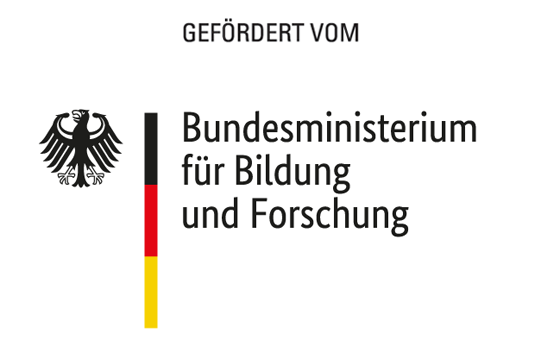 Project brief
Project brief
Big Data Mining - assistance systems can generate added value for various purposes by analyzing and evaluating high-volume mass data. Whether and to what extent human creativity and intuition can be replaced by automated algorithms in such processes is not yet answered. Especially in applications where methodical support in the analysis of large and heterogeneous data volumes is needed to anticipate which facts will be relevant in the future, a finely tuned interaction of technology and human beings in a joint process seems necessary. The background to this is that, on the one hand, technology alone cannot establish a future reference and future relevance of the results and, on the other hand, humans quickly reach the limits of their ability to receive and process large quantities of input information.
While generic basic technologies and tools in the field of Big Data Mining have reached a level of maturity necessary for productive use, considerable research work is still needed in the procedures for continuous evaluation, interpretation and linking of such data, and with regard to embedding them in the users' work processes. Although there are already various approaches and solutions for specific analysis, evaluation and presentation steps, these are often isolated solutions that are only designed for their specific application. Which functions the solutions offered on the market actually contain, how the process of information extraction proceeds and how valid the obtained results are, often remains intransparent.
The goal of the BigDataPot project was therefore to develop a potential analysis for the use of big data technologies for the application areas "strategic foresight for politics (government foresight)" and "science communication".
In this context, the focus was on various research questions, such as
- for which tasks the use of Big Data Mining technologies within the framework of a principally broad-based process for the detection of future-relevant developments is target-oriented and appropriate,
- what deployment scenarios could look like in concrete terms, what kind of information sources have to be used,
- which requirements result from this for software and process-related integration and which potential benefits can be created with it,
- which state of the art is actually available and its suitability for the defined applications and
- what further research and development needs exist.
To answer the research questions, two specific application scenarios were defined as sub-goals of the research project. They formed the basis for the derivation of specific requirements for Big Data Mining assistance systems and the criteria-led analysis of existing assistance systems with regard to technical, procedural and economic aspects of their use for the applications described and the scope of the results that can be determined with them. In the process, potentials for the development of synergies can be uncovered. For example, a certain design of the assistance system, which can be used for both application areas, could enable efficient information provision against the background of a strategic linking of foresight and science communication.
The Institute for Technology and Work (ITA) was the coordinator of the network and focused in its sub-project on the application area of Foresight and the consideration of synergy effects on the basis of the results of the three partners in the network. The Science Media Center gGmbH (SMC) focuses in its sub-project on the application area of science communication. The German Research Center for Artificial Intelligence gGmbH (DFKI) is working on technical issues relating to both areas of application.
Project title
Potential Assessment Big Data Mining - Potentials for Foresight and Synergies
Duration: 01.08.2016 – 31.07.2017
Project partners
- Science Media Center Germany gGmbH (SMC)
- Deutsches Forschungszentrum für Künstliche Intelligenz gGmbH (DFKI)
Funding

Contact person

Mag. rer. nat. Judith Hoffmann
Senior Research Assistant

